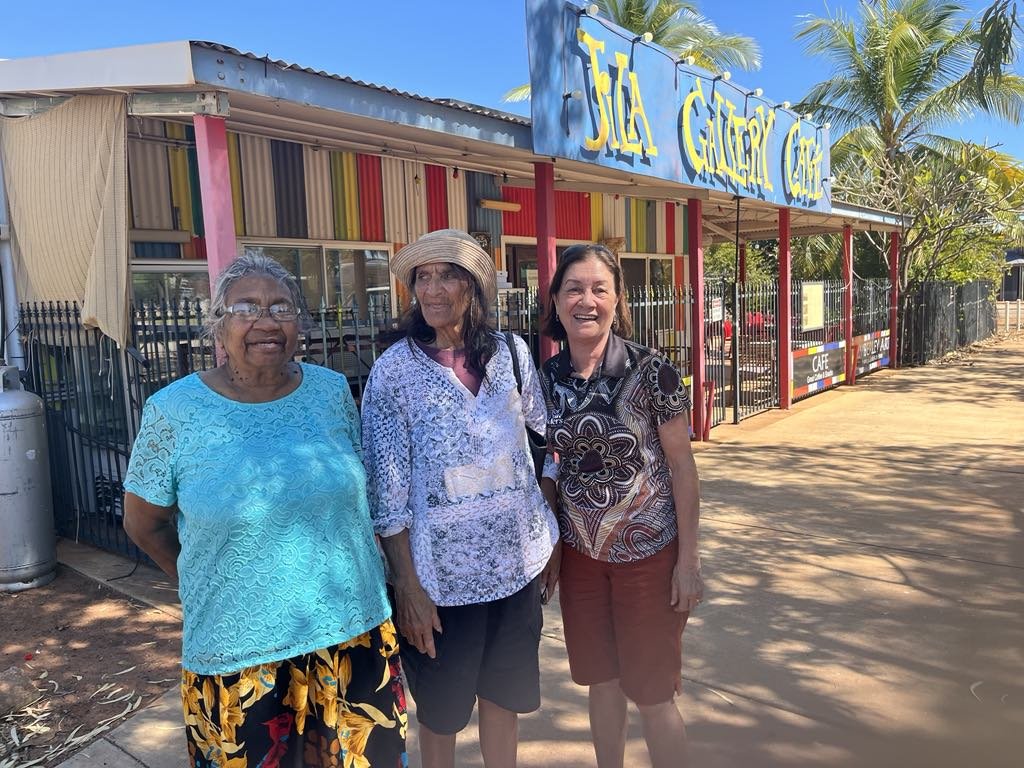DENESE GRIFFIN'S STORY:LIFE AT BANGARUN LEPROSARIUM
Denese Griffin shares her personal story about living with leprosy, now called Hansen's Disease, and her time at Bangarun Leprosarium near Derby. Diagnosed at the tender age of 15, Denese was sent to Bangarun, a place where many Aboriginal people were sent due to this illness. The leprosarium had a deep emotional and cultural impact on their lives. Denese reflects, “Bangarun was a place where many of us had to find strength, even though it was hard to be away from our families.”
When Denese first learned she needed to go to Bangarun, she was upset and highly distressed as she wanted to stay with her family. Her parents fought to allow her to spend a week in Derby before moving. Although she was reluctant to even go, She tried to spend time with her extended family by going to the movies and creating special memories before she was taken to the leprosarium. “I was given a week to stay with my family, and I cherished those moments before the move,” Denese recalls.
At Bangarun, Denese’s parents were very distressed, and their emotional state led to a near car accident. Once there, she was met by the nuns who would care for her. Denese had the option to move to Perth, where conditions would have been stricter, but she chose to stay at Bangarun to remain close to her family and continue with her schooling. she says, “Even though it wasn’t ideal, staying at Bangarun meant I could be with my family and have some normalcy.”
Despite being confined, Denese and the others at the leprosarium found ways to stay connected with their families and maintain a sense of normalcy. They participated in activities like fishing and had communal meals, which helped them feel more connected and supported despite their isolation. “We made the best of our situation, finding joy in small things like fishing trips and shared meals,” Denese notes.
Denese Griffin is now working on a book to share the stories of those who lived at Bangarun and other leprosarium’s. She wants to include the personal experiences of people who lived through these times, highlighting both the struggles and the resilience of those affected. Her goal is to provide a fuller picture of life at these institutions and address the many unanswered questions. “Our stories need to be told from our perspective to truly capture what life was like,” Denese emphasizes.
For anyone interested in contributing their stories or photos to this project, Denese encourages them to reach out. Her work aims to preserve the history and personal experiences of those affected by leprosy, ensuring that their stories are remembered and understood. People can contact her via phone or email to get involved in this important project.



